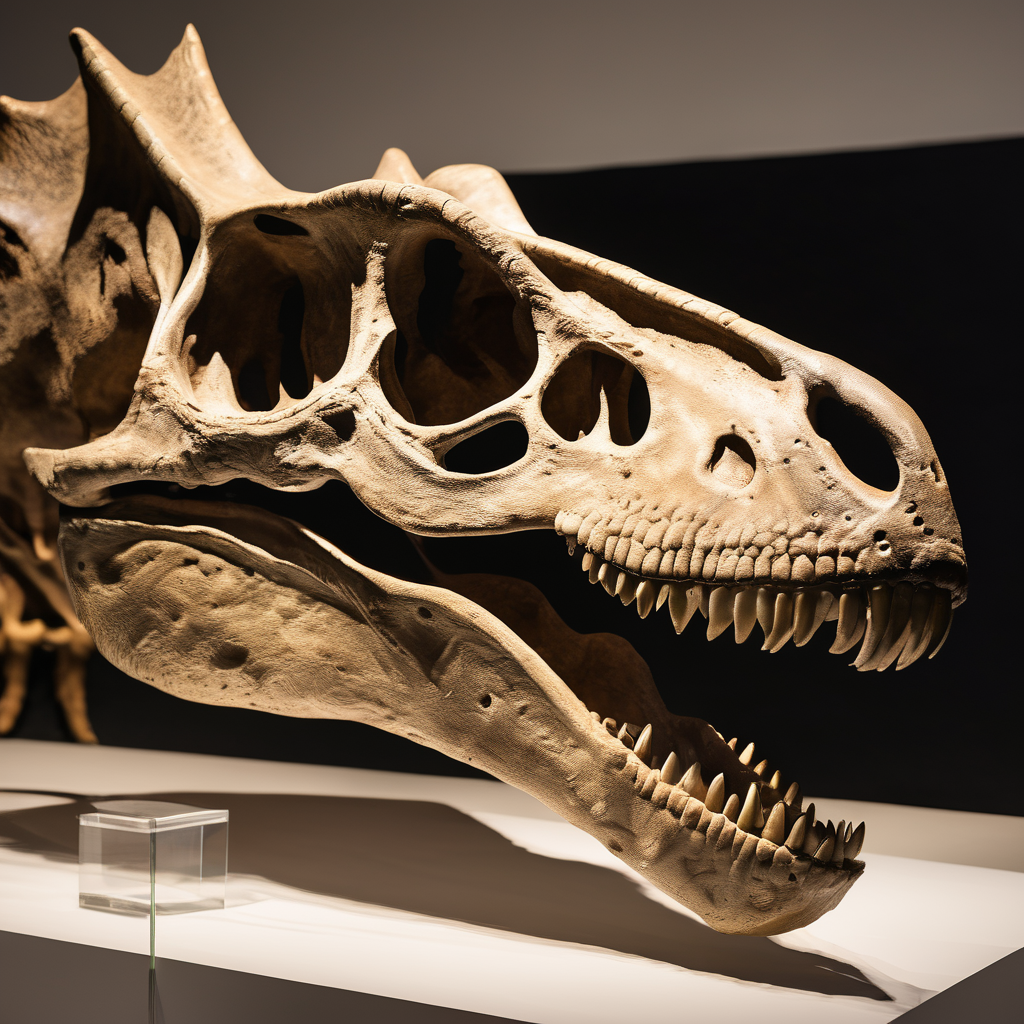Stan, one of the most complete Tyrannosaurus rex skeletons in existence, will grace the Natural History Museum in Abu Dhabi upon its opening in the Saadiyat Cultural District on November 22. This towering exhibit solidifies the museum’s standing as an essential destination for history aficionados and a key center for research in paleontology and geology.
Additionally, visitors can look forward to “The March of the Triceratops,” a temporary exhibition featuring the world’s only touring herd of Triceratops. This showcase promises to ignite excitement among dinosaur enthusiasts.
The significance of dinosaurs in this region extends well beyond the museum, with evidence suggesting these remarkable creatures once roamed across vast areas of the Middle East and North Africa, leaving a remarkable legacy of fossils and tracks that continue to fuel ongoing scientific explorations.
Morocco has been a hotspot for dinosaur discoveries since the late 1990s when American paleontologist Paul Sereno and his team found monumental fossils in the Kem Kem Beds. Among these were the sail-backed Spinosaurus and Carcharodontosaurus. In 2021, researchers announced the discovery of Spicomellus afer in the Middle Atlas Mountains, marking the oldest known armored dinosaur, believed to have adapted in Africa around 168 million years ago.
In Egypt, pioneering work by German paleontologist Ernst Stromer in the early 1900s led to the identification of the carnivorous Bahariasaurus and the plant-eating Aegyptosaurus. Later, significant finds such as the nearly complete fossil of Mansourasaurus shahinae further highlighted the region’s paleontological wealth.
Oman entered the paleontological conversation in 2000 when researchers documented fragments of plant-eating ornithopods within the Al-Khod Conglomerate, confirming that dinosaurs inhabited the Arabian Peninsula during the Late Cretaceous period.
Saudi Arabia made a significant paleontological leap in 2013 with the discovery of dinosaur remains, marking it as the first Gulf nation confirmed to have such fossils. The findings included bones from a titanosaur and teeth from an abelisaurid, dating back over 72 million years, highlighting the diverse giants that once roamed its landscapes.
In Algeria, the nearly complete skeleton of Chebsaurus algeriensis discovered in 2005 is regarded among the finest dinosaur finds in North Africa. Meanwhile, Sudan’s Wadi Milk Formation has yielded additional sauropod and theropod fossils, underlining the richness of dinosaur history across the region.
Overall, the lineup of exhibits at the Natural History Museum Abu Dhabi showcases the immense prehistoric heritage of the region while inspiring future generations of historians, scientists, and visitors to delve deeper into the wonders of our ancient world. With such exciting developments on the horizon, the museum’s Opening Day is expected to mark a historic moment that highlights not just the scientific importance of these findings but also the cultural significance they hold for the region.
